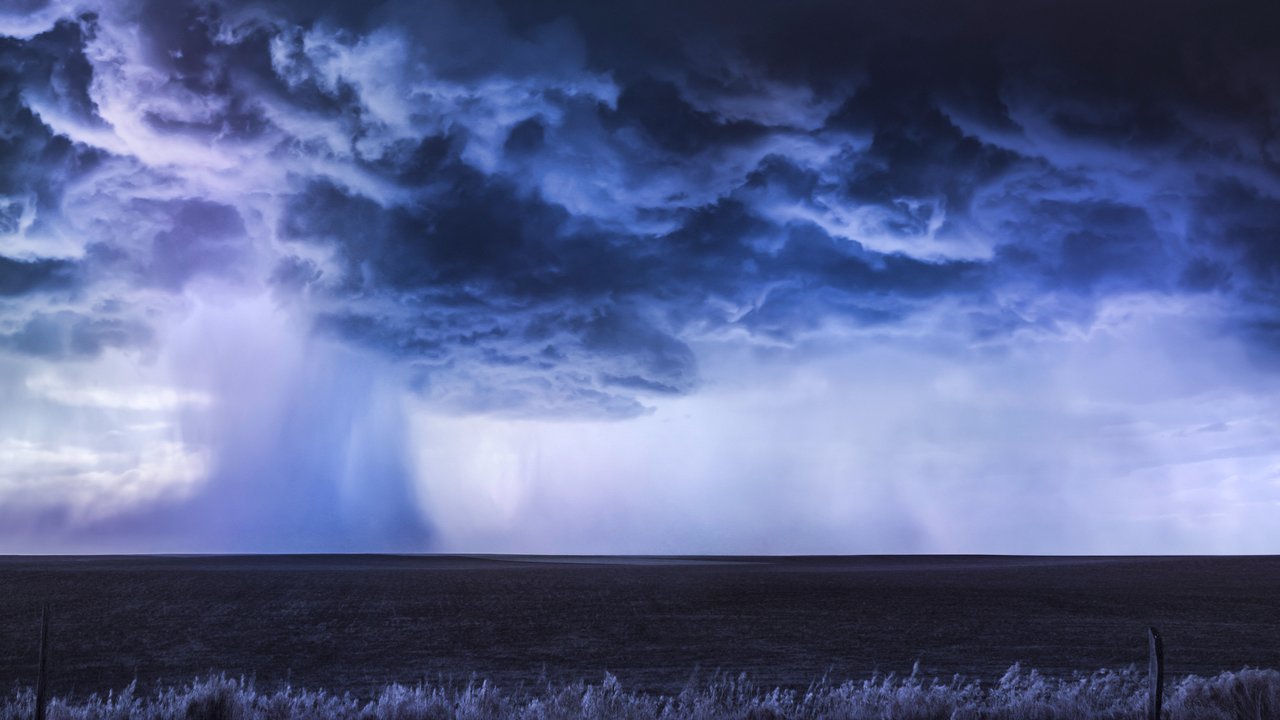Floods, storm surges, flash floods:
Risks are on the rise
More needs to be done in the way of prevention
properties.trackTitle
properties.trackSubtitle
Each year, floods destroy assets worth billions of dollars. In the last five years alone, losses from flooding worldwide amounted to US$ 325bn (inflation-adjusted), of which roughly US$ 70bn was insured.
The world’s costliest flood-related catastrophe took place in July 2021 in central Europe, when devastating flash floods in western Germany’s Ahr valley and in adjacent countries caused aggregate losses, adjusted for inflation, of US$ 59bn. It was also the costliest natural disaster of any kind in Europe for decades. The insured share of the losses, as is often the case with flood events, was comparatively low (more than US$ 15bn).
From a long-term perspective, only storms cause greater economic losses worldwide than floods. In most cases, only a small percentage of those losses is insured – and not just in poorer countries.
The comparatively low share of insured flood losses – even in industrialised countries – is partly due to the limited range of insurance covers in many regions of the world. However, a lack of demand is also a factor – even in flood-prone areas. There are many countries where flood risks are not automatically included in buildings insurance, meaning that separate cover is required.
Is climate change increasing the risk?
Climate change is increasing the probability of extreme precipitation in many regions of the world. Since warmer air can absorb more moisture, this increases the potential for heavy rainfall. Studies have concluded that numerous extreme rain events have become much more likely and also more severe in various parts of the world due to climate change.
More frequent heavy rain means that flash flooding in towns and cities far from major rivers is increasingly becoming an issue. Risk awareness remains much too low in many places.
As people underestimate the financial risks, they frequently do not have adequate insurance coverage. Homeowners and business owners must then bear the costs of property losses and business interruption losses themselves – or hope that state aid programmes will provide disaster relief.
What types of flood are there?
River floods
River floods usually build up gradually – although they can sometimes happen very quickly. They usually last several days or even weeks. The area affected will depend on the topography and can be as much as several thousand square kilometres if a river valley is flat and wide. In narrow valleys, flooding is limited to a fairly compressed corridor along the river. Many more people are injured or killed in such scenarios due to what are often high flow rates.
Accordingly, a detailed risk assessment based on exact flood zones is needed to calculate insurance covers. The combination of preventive measures and insurance can help minimise the overall financial burden.
Flash floods
Flash flooding occurs when the ground stops absorbing water during brief but torrential rainfall. It is frequently associated with thunderstorms. On sloping terrain, this can produce a rapidly growing flood wave.
Particularly hazardous factors include the mechanical forces resulting from the high rates of flow, and flotsam that is swept along by the waters. Both can lead to buildings collapsing, resulting in an enormous increase in losses.
One aspect that is often underestimated is that flash floods can occur virtually anywhere, even a long distance from any watercourses. As a result, they are virtually impossible to predict, which more or less rules out short-term loss reduction measures. For this reason, general precautions and greater awareness of the risk of flash floods are hugely important.
Flash floods often result in river flooding, as was the case in 2021 with the flooding in the Ahr valley.
Storm surges
Although storm surges usually only affect relatively narrow strips of coast, they have huge loss potential, claiming more victims in the past than any other type of flood event. As climate change causes sea levels to rise, the risk of storm surges and erosion along many coastlines around the world is increasing.
On the positive side, investment in greatly improved protective measures and, in particular, advances in forecasting and early warning solutions have managed to reduce their impact in some locations in recent years.
Newsletter
Prevention and insurance solutions for water-related risks
Reinsurance solutions
Industry solutions
Contact our experts












